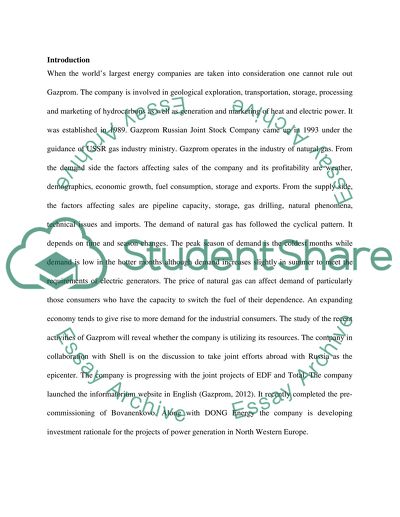Cite this document
(“Mutli-National Company Entering India Research Paper”, n.d.)
Retrieved from https://studentshare.org/finance-accounting/1451735-mutli-national-company-entering-india
Retrieved from https://studentshare.org/finance-accounting/1451735-mutli-national-company-entering-india
(Mutli-National Company Entering India Research Paper)
https://studentshare.org/finance-accounting/1451735-mutli-national-company-entering-india.
https://studentshare.org/finance-accounting/1451735-mutli-national-company-entering-india.
“Mutli-National Company Entering India Research Paper”, n.d. https://studentshare.org/finance-accounting/1451735-mutli-national-company-entering-india.


